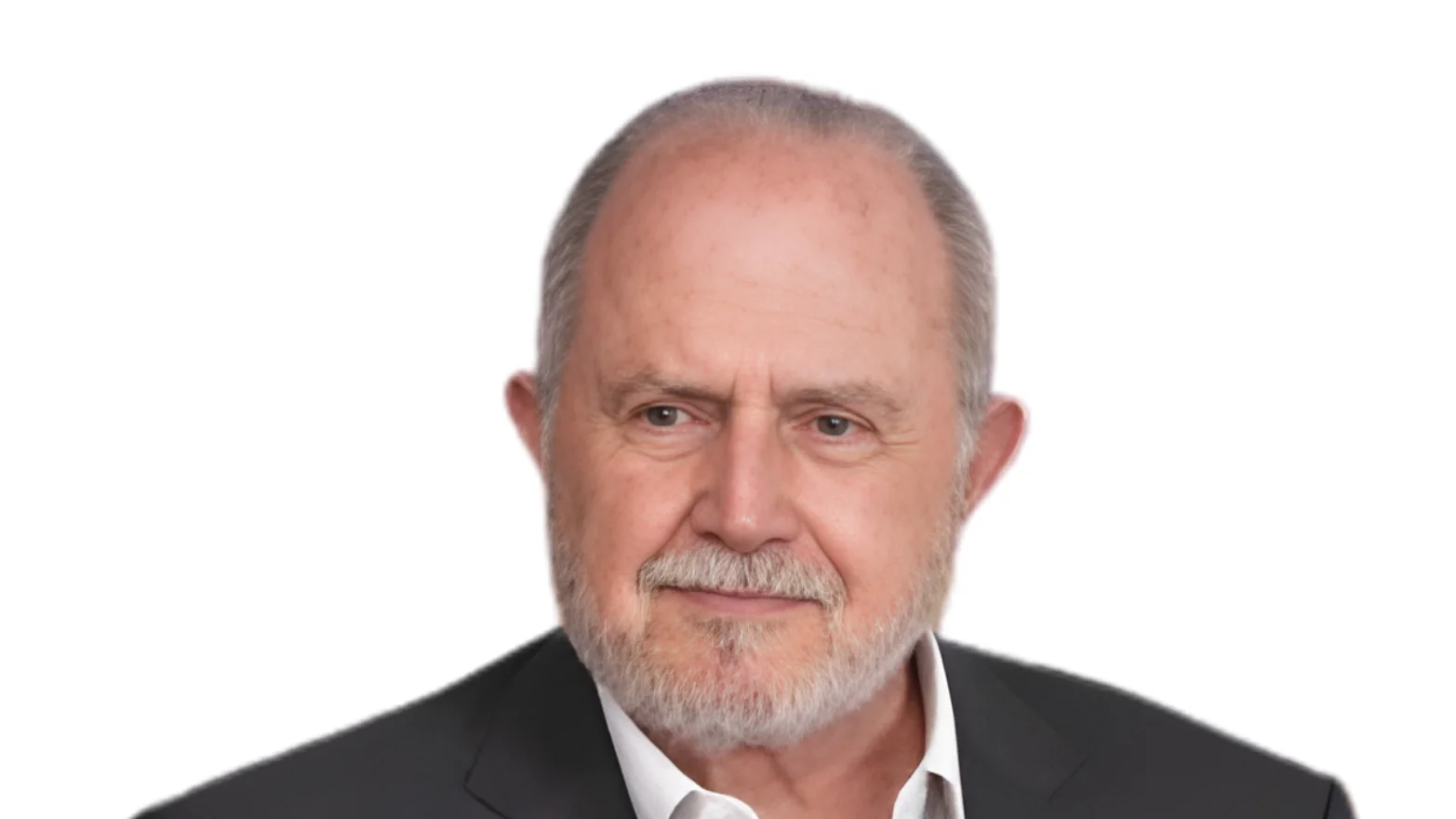A special meeting was held on September 1 at Universidad Galileo, bringing together academics, students, and astronomy communicators to discuss the recent discoveries made by the James Webb Space Telescope. The event focused on how these findings challenge current cosmological theories.
The James Webb Space Telescope has captured images of massive, fully formed galaxies that appeared only 250 to 300 million years after the Big Bang. This discovery is unexpected because existing theories suggest it would take at least a billion years for such developed galaxies with millions of stars to form.
According to the standard model, atoms began forming about 380,000 years after the Big Bang during the era known as recombination. The first stars emerged around 100 million years later and needed to go through cycles of supernova explosions to create elements for subsequent generations of stars. Each renewal cycle was thought to last between 100 and 500 million years, which seemed too slow to account for the early appearance of massive galaxies observed by James Webb.
Participants discussed whether star and galaxy formation processes may have occurred much faster and more intensely than previously believed. This possibility could require adjustments in some constants used in modern cosmology.
The discussion was broadcast on “Punto de Encuentro” on TN23 Television and recorded in classrooms at Universidad Galileo. Panelists included Dr. Alfredo Samayoa, professor of Astrobiology; Renato Fernández Chabelo, graduate of Advanced Astronomy programs; Claudia Pivaral, a student in a diploma program; and Edgar Castro Bathen, director of the Institute of Astronomy at Universidad Galileo.
"The James Webb not only opens a window into the distant past of the Universe but also forces us to rethink our theories and keep alive the essence of science: curiosity and willingness to change what we think we know," said one participant.

 Alerts Sign-up
Alerts Sign-up